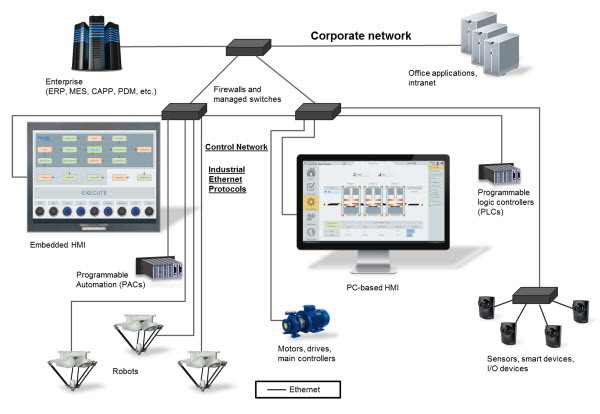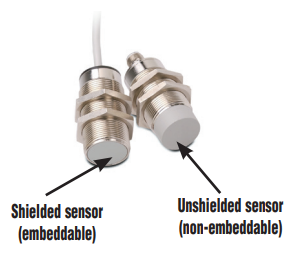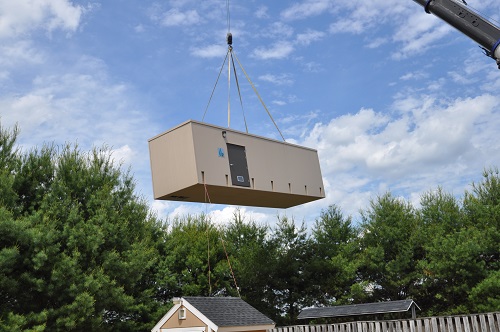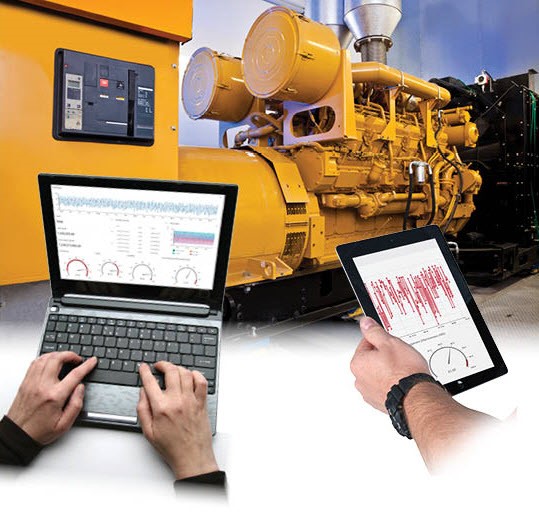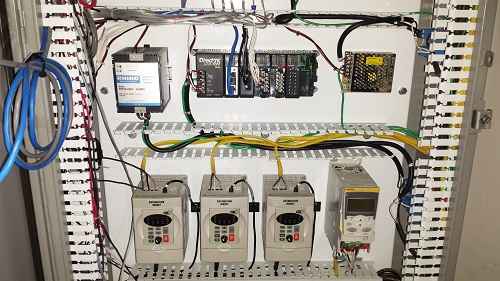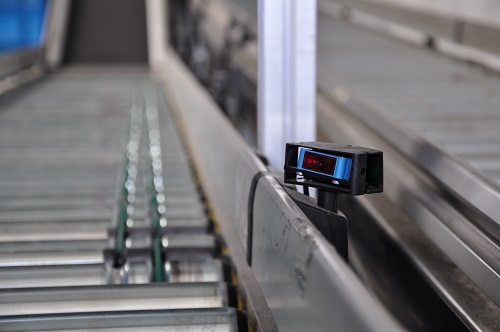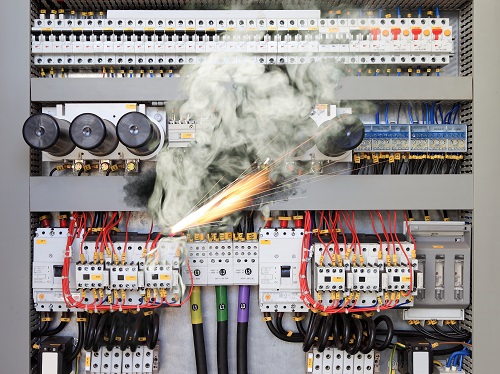Ethernet is the most widely used network in industrial plants and facilities, here’s a primer covering its foundational concepts. By: Bill Dehner, AutomationDirect Ethernet was first conceived and deployed in a research setting in the 1970s and was soon standardized in the early 1980s under IEEE 802.3. This quickly led to commercial adoption in office…
What is a Proximity Sensor? Proximity sensors allow non-contact detection of objects. In particular the presence of parts and/or machine elements for the purpose of counting, indexing, verification, end-of-stroke or travel, determining orientation, and many other common automation tasks. They are used in many industries, including manufacturing, robotics, semiconductor, etc. Selection Criteria There are several types of proximity…
Gary H. Lucas, Director of Innovation at Innovative Treatment Products, wrote an article that ran in the July 2018 issue of Control Design magazine titled Wastewater Treatment Plants Can Be Built for Small-Scale Applications. Any facility too isolated to connect to a larger sewer system—such as a school, office or retailer—will have to supply its…
The journey from theory to reality can be fraught with the unexpected and not as clear-cut as it seems on paper. Even the most direct path from concept to completion can have external influences, that might seem irrelevant at the time or might not be known at all, which can cause undesirable results in the…
Pneumatics have been used in industrial machines and manufacturing plants and facilities for decades, so most of the basic components are tried and true, with significant innovations few and far between. But there are many innovative ways to combine these different components to create pneumatic subsystems. The explains four pneumatic subsystems, showing how combining basic…
When powering AC motors, the electrical supply can be at full power to run at full speed, or at variable power to run at variable speed. Applications with fluctuating loads benefit from the variable speed provided by an AC drive because less power is used at lower loads and speeds, and this article explains how…
What is a Pilot Device? “Pilot devices” is an industry term given to products such as pushbuttons, indicating lights, selector switches and various types of switches and visual and/or audible signaling devices. All these devices are used for a system, control panel or as an integral part of most automated processes to provide control and…
There are safety related features in practically every device we use, industrial and non-industrial. Electrical devices and appliances have housings that protect consumers from electrical hazards. Motorized devices have housings intended to prevent any possible injury to users from dangerous moving parts and/or electrical components. Industrial facilities have many safety features including safety signs that…
A better understanding of distance laser sensors helps when applying these rangefinders in material handling and industrial measurement applications. By Andrew Waugh, Product Manager for Sensor and Safety Products at AutomationDirect What is a Laser Sensor? Laser sensors come in several configurations, with some detecting presence and others measuring distance. A proximity type laser sensor,…
Most engineers, technicians and factory workers have a story about industrial injuries—such as shock or burns—that occurred on the plant floor. While most incidents happen during construction, maintenance or testing, they can occur during normal operations as well. Most can be prevented by using best design practices, and by following safe operating procedures and regulations….


